$DXY $SPY $BTC
#Trump #tariffs #tradewar #economy #markets #inflation #supplychain #China #stocks #crypto #investing #finance
The global trade landscape is shifting once again as former President Donald Trump signals a return to aggressive tariff policies should he reclaim the White House in 2024. Markets are reacting cautiously as investors attempt to gauge the potential economic impact of these measures. The trade war between the U.S. and China under Trump’s first term disrupted supply chains, raised costs for manufacturers, and forced corporations to reevaluate global sourcing strategies. If Trump follows through with his proposed broad tariffs—including a 10% universal import tax and specific increases against China—global markets could see renewed volatility. The U.S. dollar index ($DXY) might strengthen as tariffs discourage imports, but equity indices like the S&P 500 ($SPY) could face pressure due to corporate margin squeezes and inflationary risks. Meanwhile, alternative assets like Bitcoin ($BTC) might see increased interest as traders hedge against economic uncertainty.
Trump’s historical approach to trade policy has been deeply intertwined with his broader economic philosophy. While his administration justified tariffs as a tool to rebuild U.S. manufacturing and counter what it viewed as unfair trade practices, the reality was more complex. Tariffs imposed during his presidency led to retaliatory measures from China, causing disruptions across various industries. Businesses faced higher input costs, while consumers saw increased prices on goods ranging from electronics to automobiles. The renewed threat of tariffs has already led some multinational corporations to consider shifting production away from China, accelerating trends that began during the COVID-19 pandemic. In addition, currency markets may experience greater fluctuations if China and other trade partners respond with devaluation strategies or capital controls to offset U.S. tariff pressures.
Financial markets are also assessing how an aggressive tariff regime could influence inflationary dynamics. The Federal Reserve has spent the past two years combating post-pandemic inflation, and additional tariffs could complicate monetary policy. By raising import costs, broad tariffs could exert upward pressure on consumer prices, making the Fed’s task of stabilizing inflation even more challenging. This scenario would likely lead to recalibrated interest rate expectations, impacting bond yields and equity valuations. Sectors that rely heavily on imported goods, such as technology and retail, may experience weaker earnings growth due to higher costs and potential decreases in consumer demand. In contrast, domestic industries with minimal reliance on foreign materials might see relative outperformance, depending on shifts in consumption patterns and supply chain adjustments.
As markets prepare for the potential implications of Trump’s tariff strategy, investors are weighing both risks and opportunities. Protectionist policies often create winners and losers, with some domestic industries benefiting from reduced foreign competition while others struggle under increased input costs. Small businesses, particularly those reliant on internationally sourced materials, may bear the brunt of higher tariffs. Meanwhile, geopolitical tensions between the U.S. and China could escalate further, influencing global trade alliances and reshaping investment strategies. Crypto markets might witness increased volatility as traders assess whether Bitcoin and other digital assets will act as safe havens during periods of economic disruption. Ultimately, the trajectory of tariffs under a potential second Trump administration could have lasting ramifications on global trade, market stability, and economic growth.
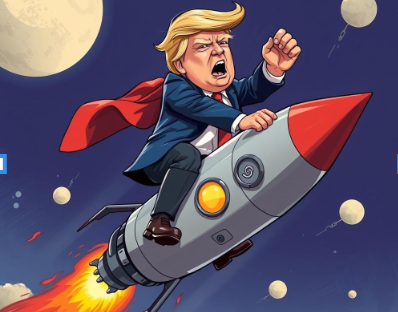

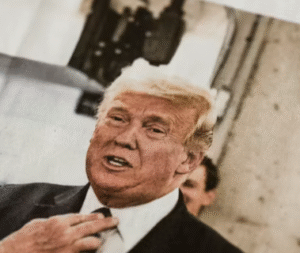
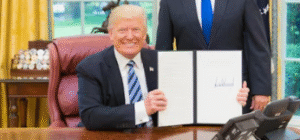
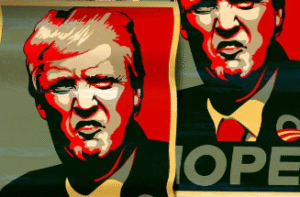
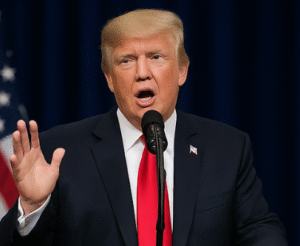
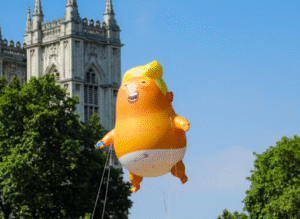
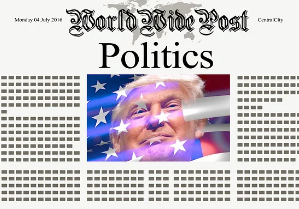
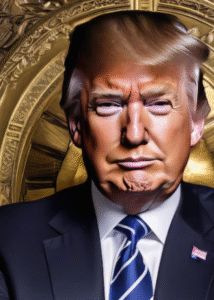
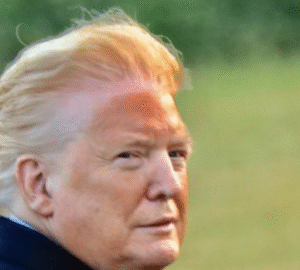
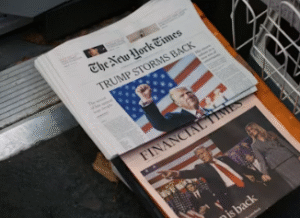
Comments are closed.